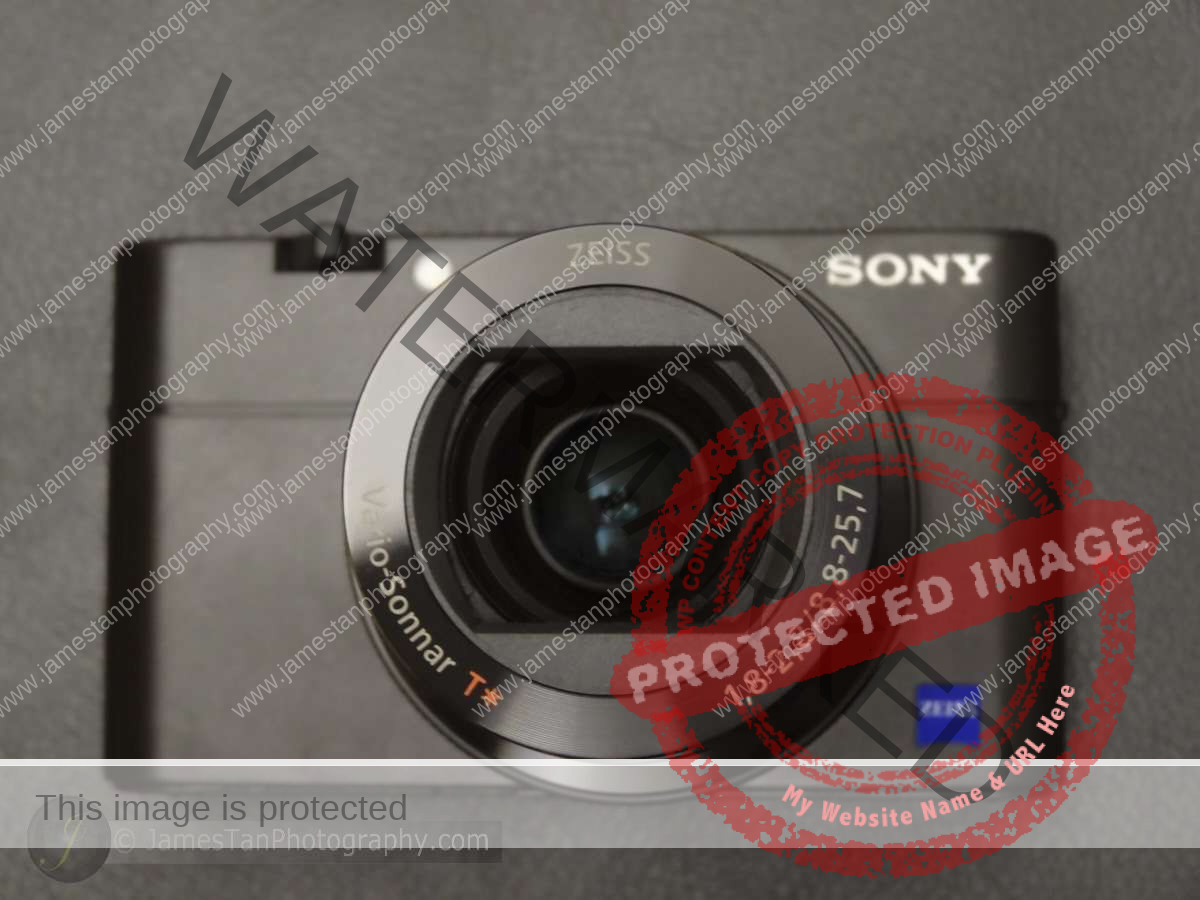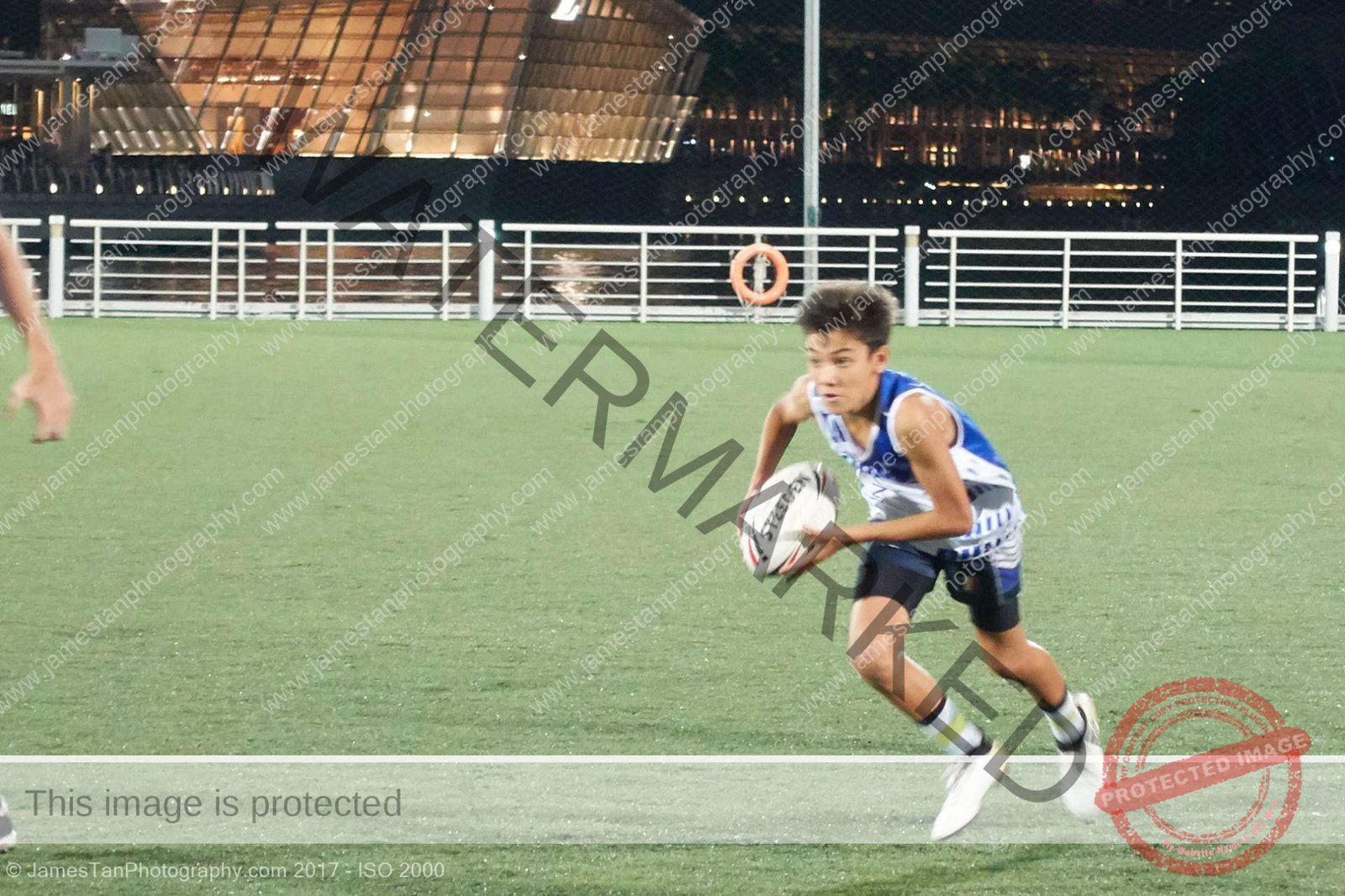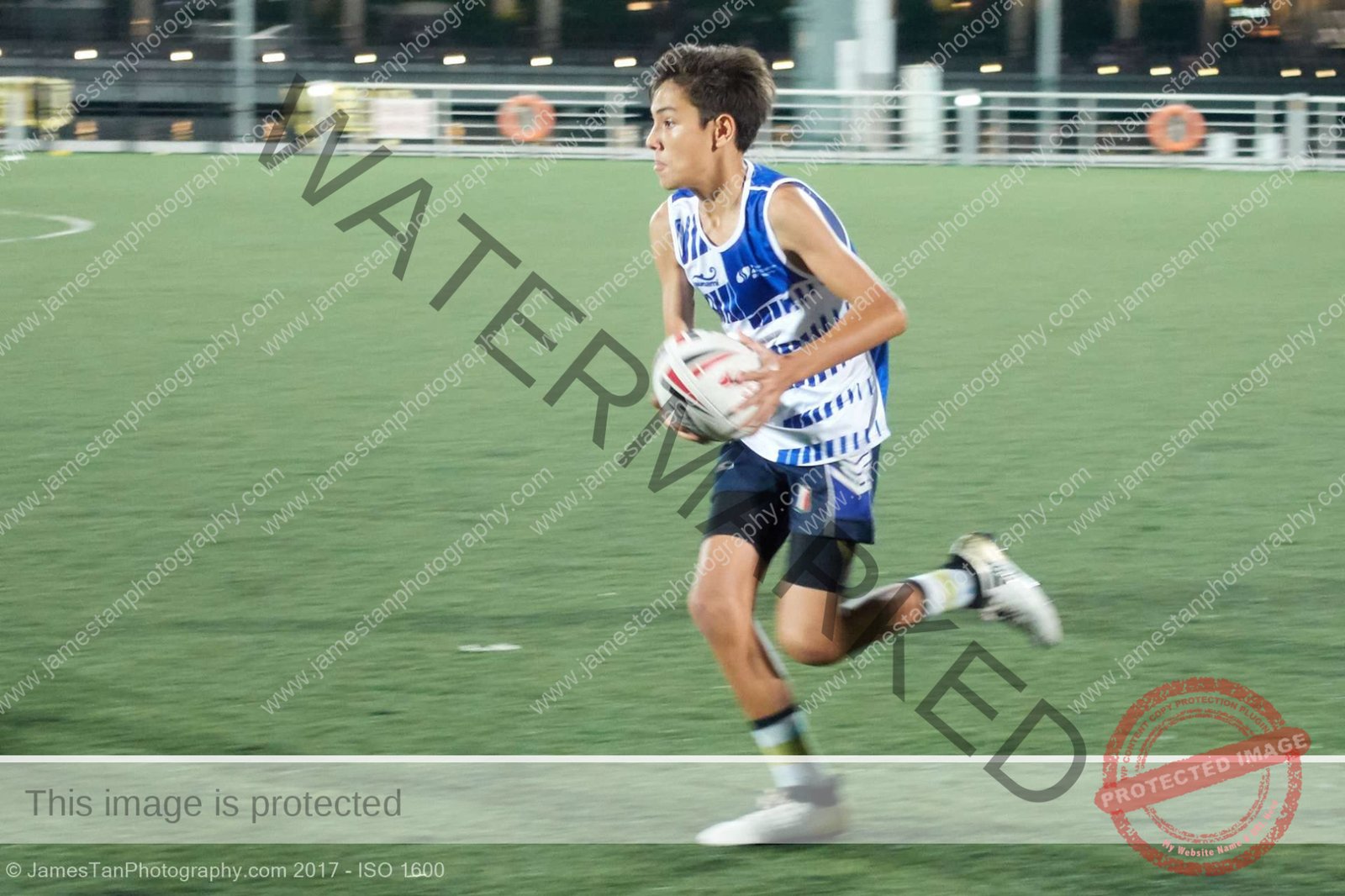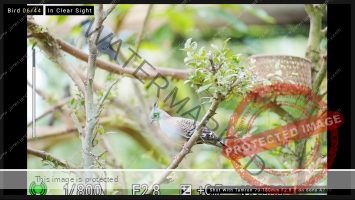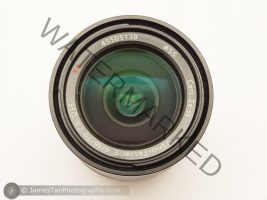Introduction

The RX100 series is well-known for its 1-inch image sensor, high-quality fixed Zeiss zoom lens, and numerous features packed in a well-built compact body since it was first introduced in 2012. In 2016, the fifth-generation Sony RX100 V was introduced with incredible AF and buffer size and improved over the predecessors. Let’s have a look at it now!
Key Camera Features
- 1 inch 20MP BSI CMOS sensor
- F1.8 – F2.8 24mm – 70mm equivalent zoom lens
- High-Speed LSI chip
- Optical Steady Shot (OSS)
- 24 fps continuous shooting with AF/AE tracking
- 315 phase-detection AF points with 25 contrast-detection AF points
- 0.05 second AF lock-on speed
- 1/2000 second mechanical shutter, and up to 1/32000 second electronic shutter
- Silent Shutter
- Built-in 3 stops ND filter
- Zeiss T* Coating 2.3m OLED pop up EVF
- 180 degree tiltable 3.0 inches LCD screen
- Eye-AF in AF-C mode (continuous autofocusing)
- Dual Recording (capture 17 MP still image while doing video recording)
- XVACS or AVCHD 4K video recording (limited to 5 minutes)
- Double length of HFR (high frame rate at 1000 fps, 40x slow motion at 25fps playback rate) recording (8 seconds compared to RX100 IV’s 4 seconds)
Body and Design
Visually, the Sony RX100 V does not have any difference from its predecessor, the Sony RX100 IV. The controls and buttons layout, and the body design are the same. It is compact and lightweight without sacrificing the premium body build and feels.
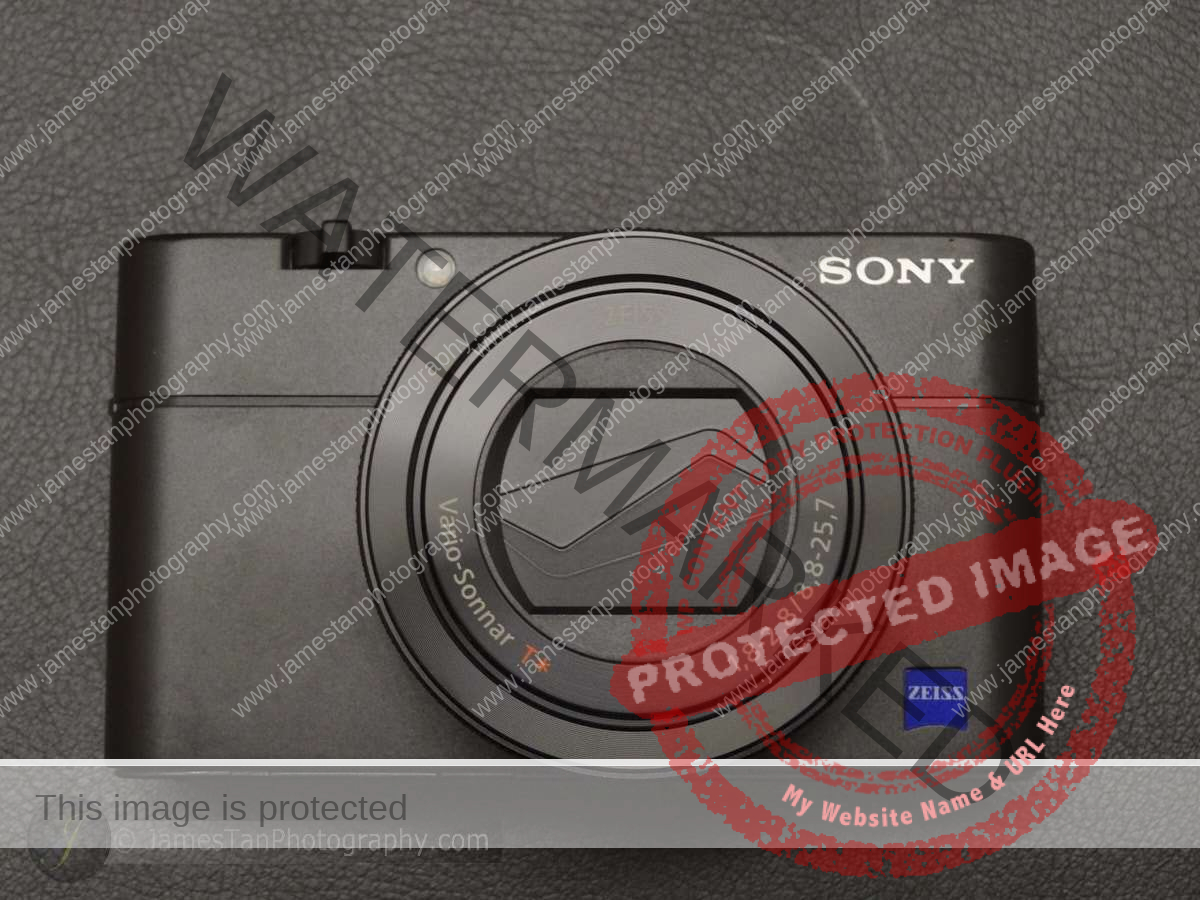
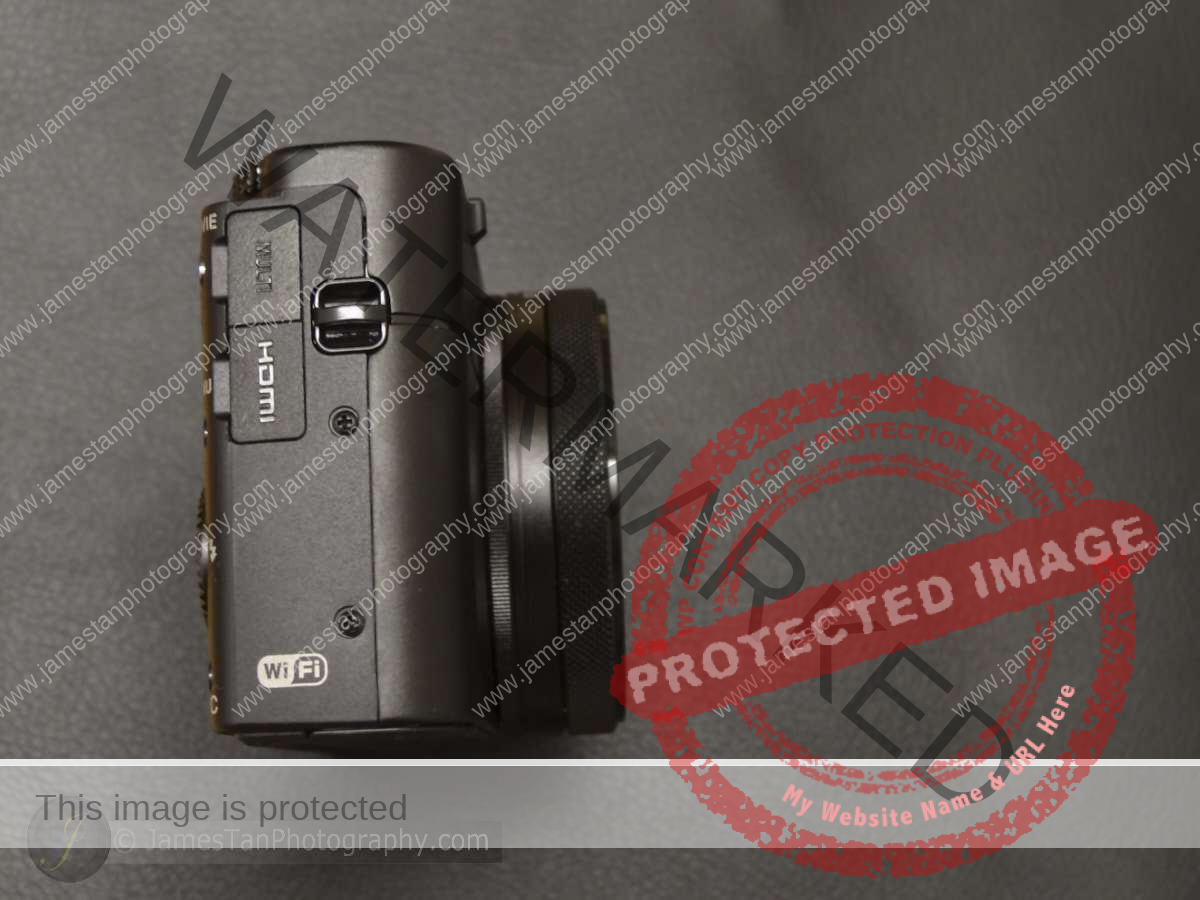
The micro USB port and one micro HDMI port are still at the right of the camera.
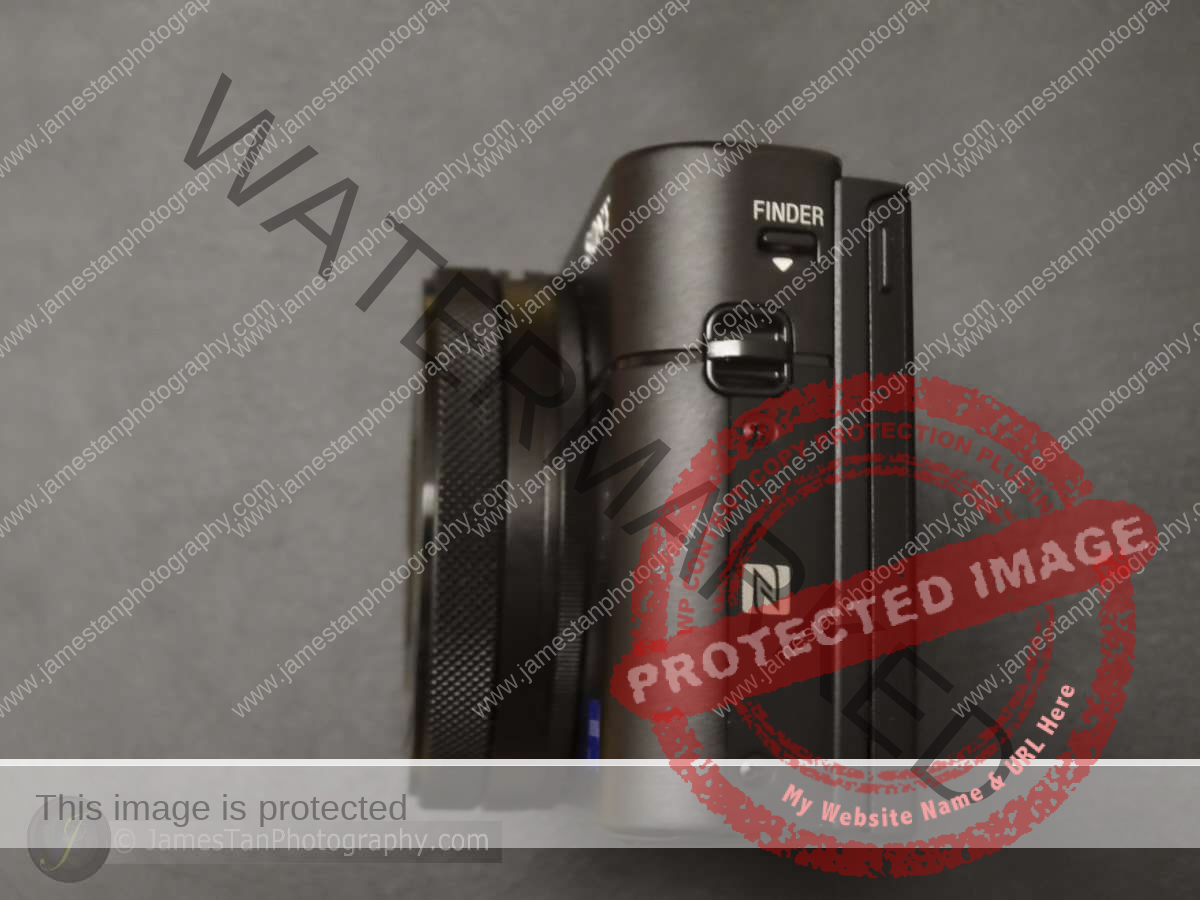
NFC point and the EVF trigger at the left.

A 3 inches LCD and the same layout of buttons at the back.
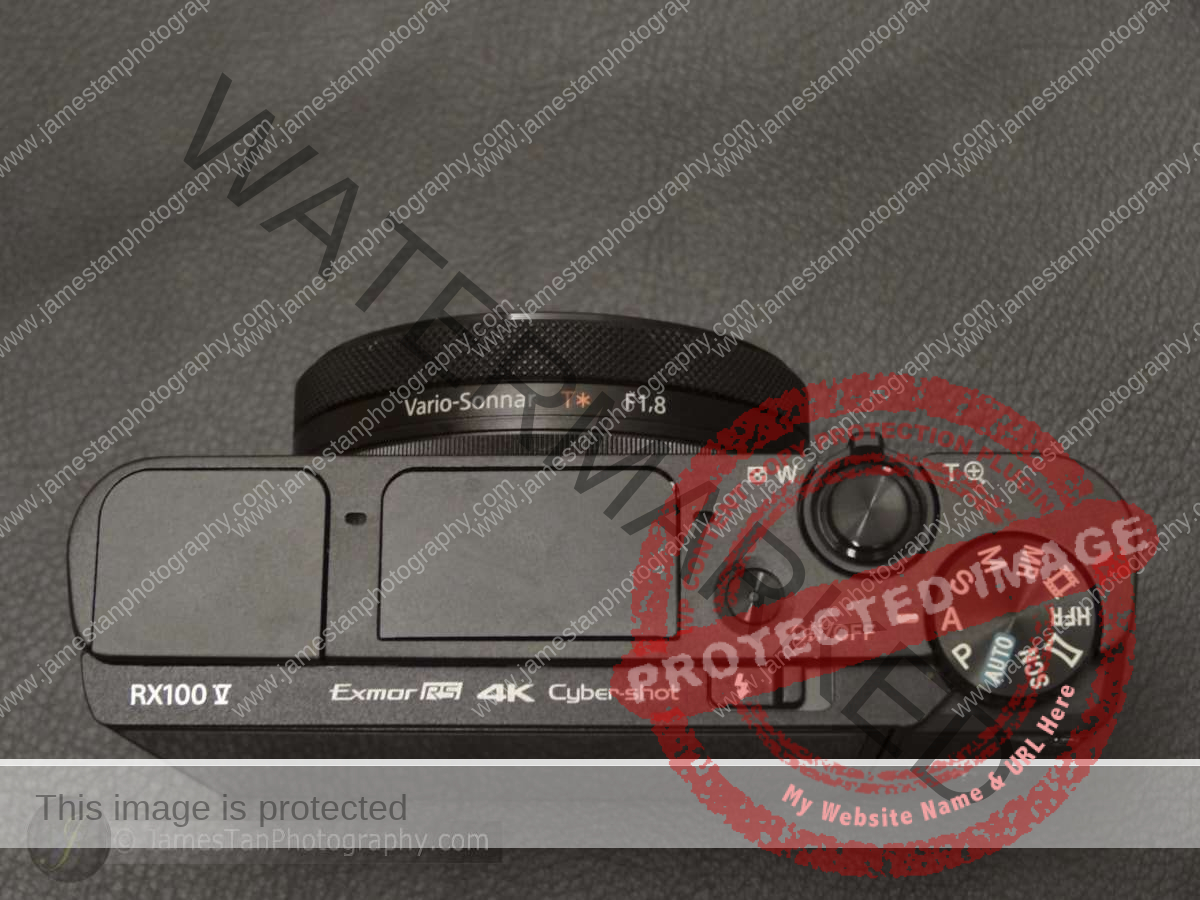
On/off button, flash trigger button, shutter button, zoom trigger, and the mode dial at the top.

You can customize the control ring into selected functions, e.g., standard, exposure compensation, ISO, white balance, creative style, picture effect, zoom, shutter speed, aperture, or not set. The control ring is smooth. I set it to standard mode as I like how the Sony RX100V smartly chooses the function to be controlled according to the shooting mode you’re using now.
The EVF
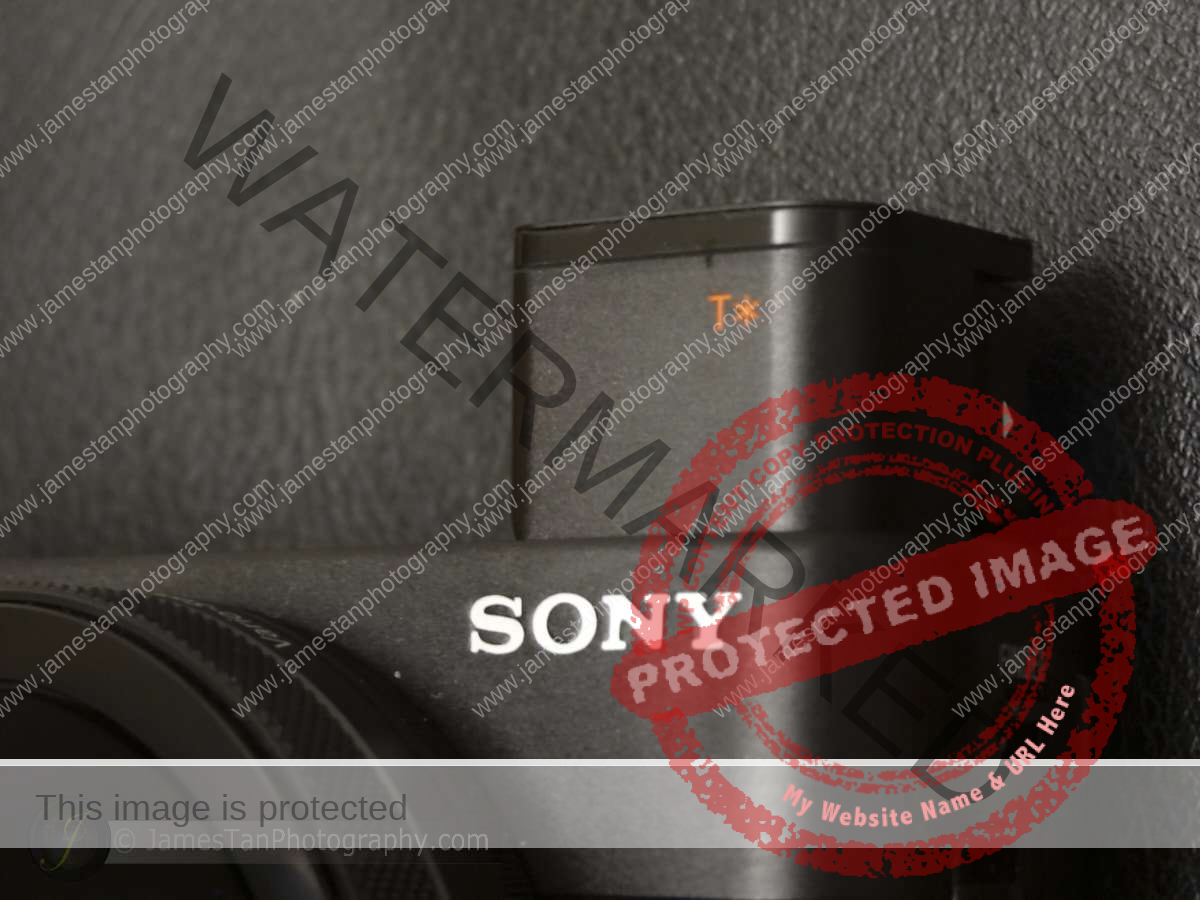
Sony RX100 V still features the same 2.36m Zeiss T* coating pop-up EVF as seen on the Sony RX100 IV.


Yes, same EVF. You still have to manually pull out the EVF (follow the white arrow indicator) when you pop it up, and push it back manually before you can push the EVF back into the camera body. It is disappointing that the Sony RX100 V still does not have the same auto-popup mechanism as the Sony RX1R II. In the Sony RX100 V menu, you have the option to choose to keep the camera on when you push the EVF back to the camera body.
LCD Screen
Sony RX100 V offers a 3 inches, 1.2 million dots TFT Xtra Fine, flippable LCD screen.


You can flip the 3 inches LCD 180 degrees upward and 45 degrees downward, but it still lacks the touch screen feature.
A Must-have Accessory
The ergonomic of Sony RX100V is the same as it predecessors – slippery.

An additional grip accessory like the Sony AG-R2 or any 3rd party grip accessory could significantly improve the camera’s handling.
Camera Performance
ISO Performance
The Sony RX100 V ISO range starts from ISO 125 to ISO 12800. You can further extend it to ISO 80. If you use the multi-frame noise reduction and shoot in JPEG, you can use the ISO 25600.
ISO (RAW)









ISO (JPEG)




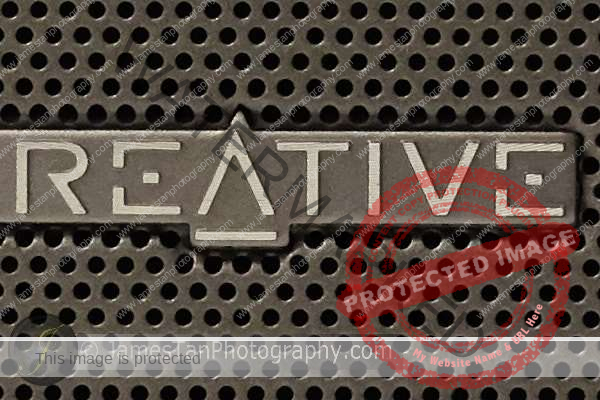
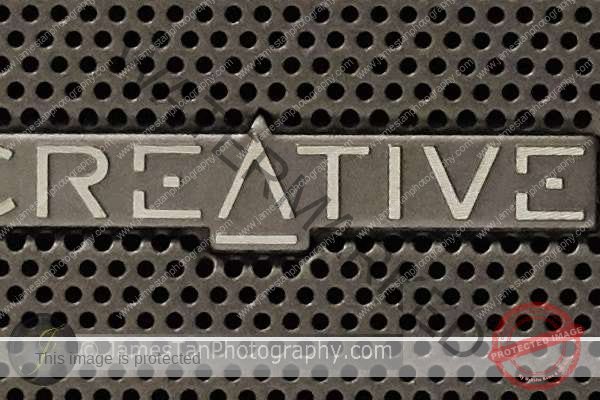
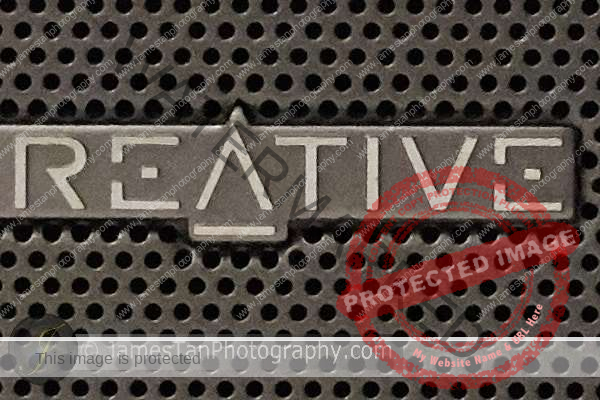


The outputs from ISO 80 to ISO 1600 are clean and clear, ISO 3200 is getting more noise, but the result is still acceptable for small printouts. Significant color noises and loss of details were spotted at ISO 6400 and ISO 12800, but it isn’t that bad for a 1-inch sensor.
The auto ISO setting allows you to set the ISO range within its native ISO, which starts from ISO 125 to ISO 12800. The auto minimum shutter speed is available at either ‘slower’, ‘slow’, ‘standard’, ‘fast’, or ‘faster’. For example you shoot at 70mm, you will get ‘1/20’, ‘1/40’, ‘1/80’, ‘1/160’, and ‘1/200’ respectively.
Let’s check out some real-life samples with high ISO. (Click it and view them in full resolution)











The high ISO shots results were quite impressive. Don’t forget that it is a 1-inch sensor. When shooting with Sony RX100 V, I am pretty comfortable leaving the maximum ISO at ISO 6400. However, ISO 12800 is the last option I will use.
AF Performance
Sony RX100 V is the first compact camera with the phase-detection AF among its compact camera competitors. It offers 315 phase-detection AF points covering 65% of the image sensor and 25 contrast-detection AF points.
There are five focusing modes available – AF-S (single AF), AF-C (continuous AF), AF-A (Automatic AF), DMF (direct manual focus), and MF (manual focus). According to the subject you are shooting at, AF-A is an automatic mode that switches between AF-S and AF-C. DMF allows you to focus using AF first and then manually fine-tune the focusing.
Continuous AF
Thanks to the newly developed LSI in Sony RX100 V, you can shoot at 24 fps up to 150 JPEG before the camera slows down! I picked every 11th frame from the burst shoot, which means there are nine more shots in between (about 50 shots in total), and all of them were in-focused.

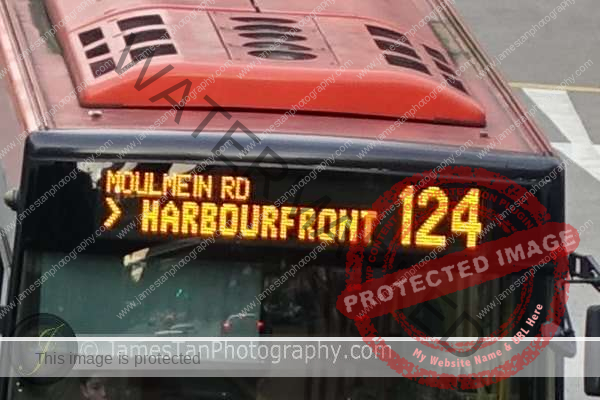


Tracking a slow-moving bus seems easy for the camera. Let’s give it some challenges!
I tested the Sony RX100 V in a night rugby match, with fixed settings at 1/125 second, F2.8, 70 mm, and auto ISO. The cropped results as shown below.
The continuous AF didn’t nail all the shots this time. There are about 40 shots out of 53 shots that the guy is in-focused. Nevertheless, the result is impressive for such a compact camera.
There is one main difference between the Sony RX100 IV, and Sony RX100 V – the autofocus (AF) and auto-exposure (AE) during the continuous shoot. The Sony RX100 IV determines the AF and AE at its first frame, and applies the same settings to all 16 frames. However, Sony RX100 V does not only simply increase the continuous shooting speed from 16fps to 24fps. It is capable of performing AF and AE for all 24 frames individually!
The camera is responsive for images playback, even after a series of burst shots. The buffer indicator at the top-left to shows the remaining images to be written into the memory card.
Some more shots to show off the continuous AF capability.
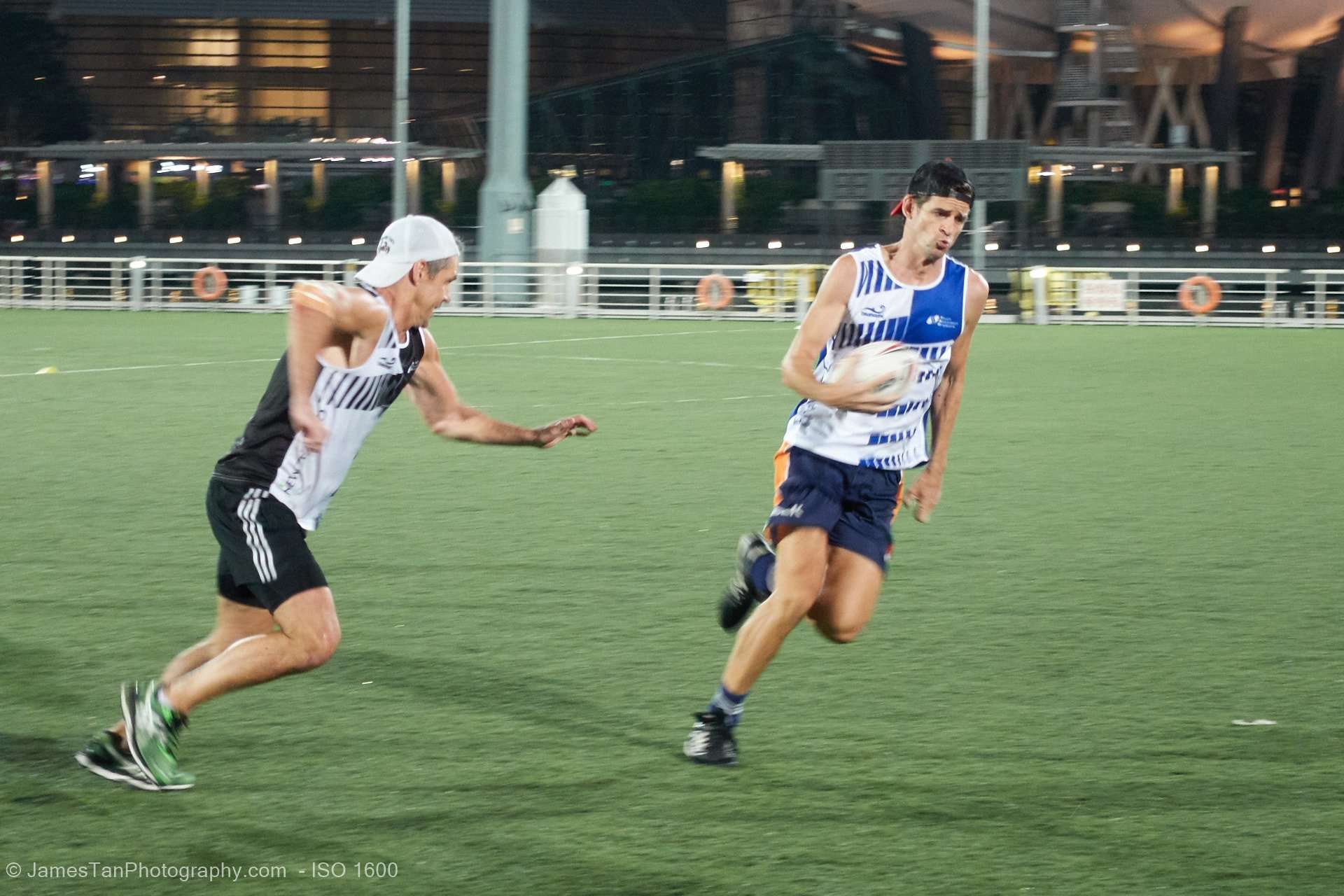




The AF locked on the subject fast, but the tracking is not 100% accurate. The 70 mm focal length shows its limitation. I was standing pretty close to the field, but still have to crop a lot to get the shots above.
Dynamic Range
DxO mark rated the Sony RX100 V dynamic range as 12.4 EV. How does it look in real life?





The raw files dynamic range is impressive, especially for a 1-inch sensor camera. I take the shots above in RAW and adjust with highlight and shadow, some sharpening, contrast, saturation, and color tone in Capture One Pro 10.
Bokeh
The large aperture of F1.8 at 24 mm or F2.8 at 70 mm gives the close-up shots some nice bokeh as well, even though it is only a 1-inch sensor.









Other Features
Optical Steady Shot (OSS)
Sony RX100 V comes with the Optical Steady Shot to reduce the camera shake effect.
Without OSS

With OSS

The OSS seems effectively provide three steps faster shutter speed when shooting at 70 mm at 1/10 second.
Play Memories Application
The Sony RX100 V comes with the embedded smart remote app that allows you to use the PlayMemories app on your smartphone to control the camera. You can control the aperture, shutter speed, ISO, exposure compensation, and even the touch to focus from your smartphone!

If you are using an Android phone with NFC, tap your phone at the Sony RX100 V NFC point to start the Smart Remote app. If you are using an iPhone, you have to manually open the Smart Remote app in camera, and use your iPhone to scan the QR code in the Smart Remote app before you can use it.
One issue that happens to all Sony cameras is the ‘partially unlocked’ embedded Smart Remote app. The default embedded Smart Remote app is not fully unlocked. You need a one-time setup to update the app through the Sony PlayMemories website to unlock all the features, like the touch to focus.
Built-in ND Filter
With the 3 stops built-in ND filter helps, Sony RX100 V can capture some nice slightly longer exposure shots during daytime (like 1 to 2 seconds before everything overexposed).

Shooting Experiences
I love the small and compact size of Sony RX100 V with a number of customizable buttons.
There was a Bangkok Artbox night market in Singapore recently. It was crowded as shown below. I carried the Sony RX100 V in the night market without a hassle.
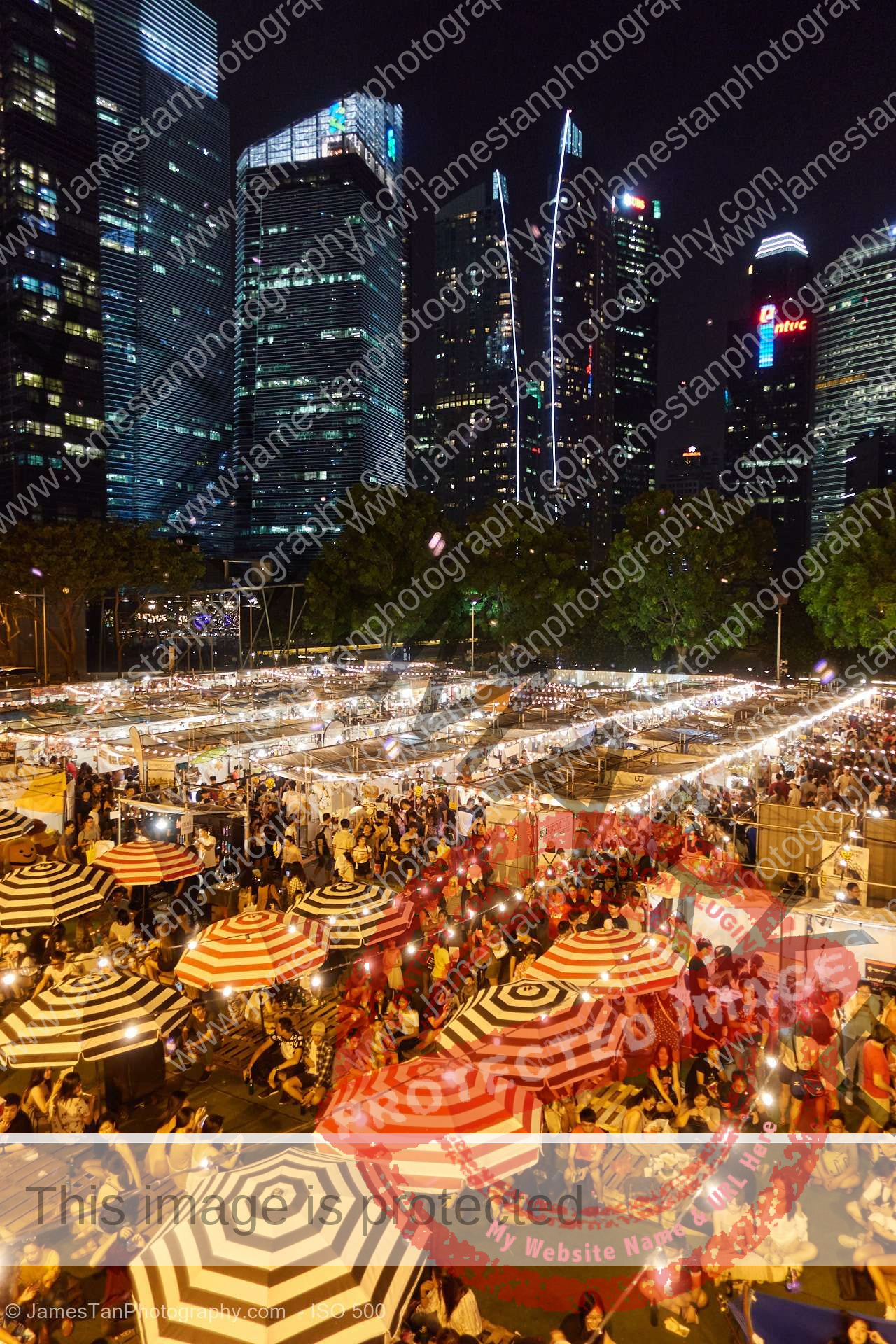
Sony RX100 V compact form, powerful fast AF, and high ISO capability gives me the flexibility to compose and take the shots with one hand while holding a bottle of ice beer using another hand.














It is pleasant to take food photos with Sony RX100 V in a cafe, restaurant, or even a dark environment like a bar.





The smallest aperture is F11. There is no issue getting some nice star-shape light shots.
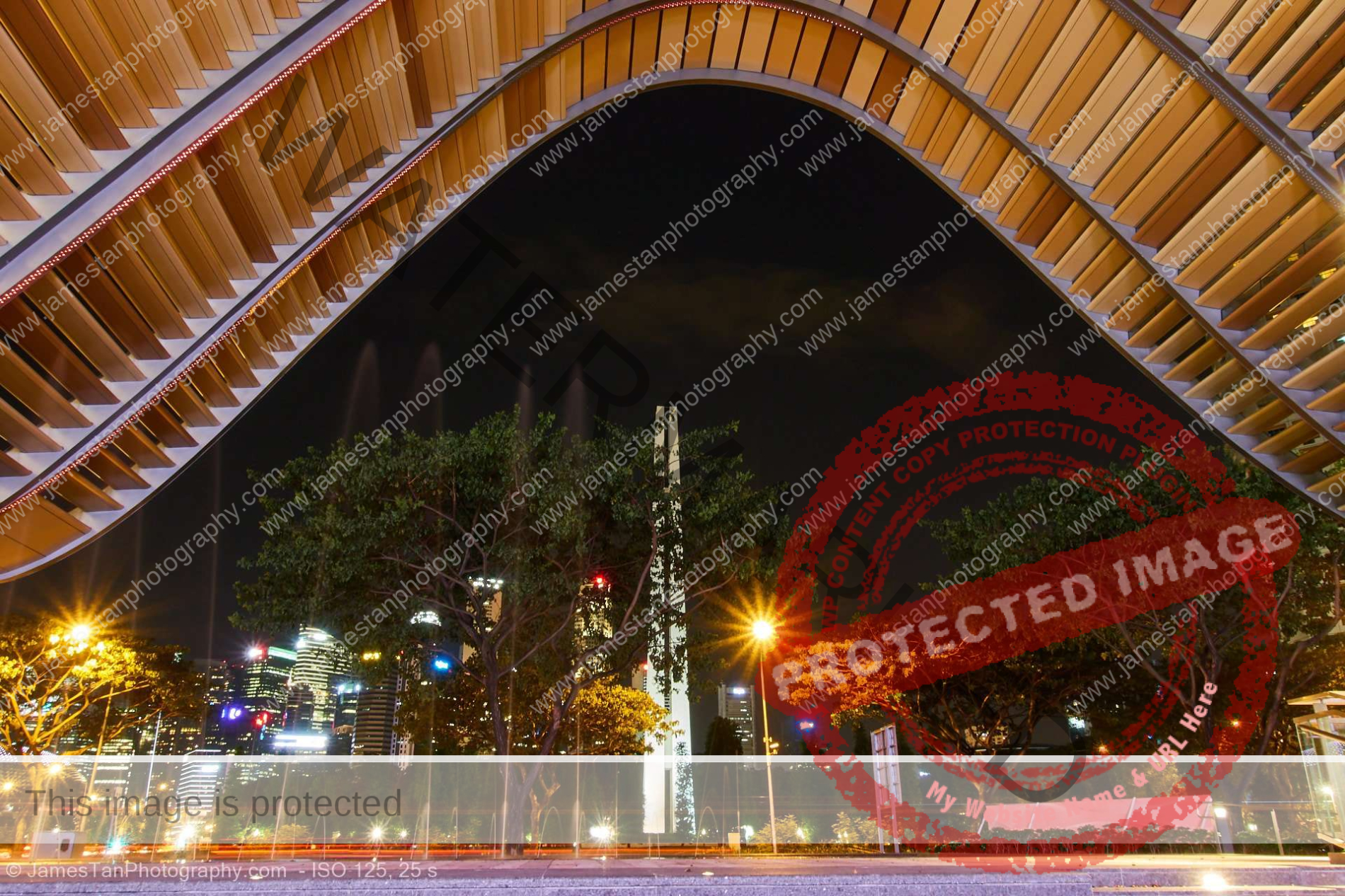
I am impressed by the image quality and AF performance of the Sony RX100 V. It gives me the confidence that my shots will always be in-focused. With good lighting, the image quality is comparable to the APS-C camera. At night, the high ISO performance does not shy at all. You can get a decent result at ISO 3200 or even at ISO 6400 for small printouts.
Some more shots before the review ended!













Bottom Line
There is no perfect camera, so neither is the Sony RX100 V. I enjoyed shooting with Sony RX100 V. It is a compact body packed with tons of features and capable of outputting stunning results. The built-in pop-up EVF is wonderful, and the AF is fast and accurate. The high ISO capability and F1.8 to F2.8 bright zoom lens is brilliant! The internal 4K video recording and 40x slow-motion video recording are the highlights too.
However, I wish Sony could improve some functionalities.
First, it is not optimized for a recomposed selfie. The selfie mode always locks the focus and counting down once you press the shutter button. If you use a selfie stick, you likely will press the shutter button and recompose the frame. I wish that it could continue to track the faces during the selfie timer countdown, or I could trigger the shutter via palm-detection.
Second, Sony RX100 V does not have a touchscreen. It would be more efficient to touch and select the AF point manually. Third, the longest focal length only reaches 70 mm. I wish it had a longer focal length. Besides that, I also hope the EVF uses the exact pop-up mechanism as the Sony RX1R II.
Last but not least, the battery life is rated at 220 shots using LCD. It is worse than its predecessor Sony RX100 IV’s 280 shots.
Of course, Sony RX100 V will not replace your professional full-frame gears or even rival an APS-C camera, but it is an amazing daily camera. Sony RX100 V is available at SGD 1,499. The price tag is high, but you get a powerful compact camera with stunning images in return.
That’s all for Sony RX100 V review. I hope you enjoyed the review and happy shooting!

